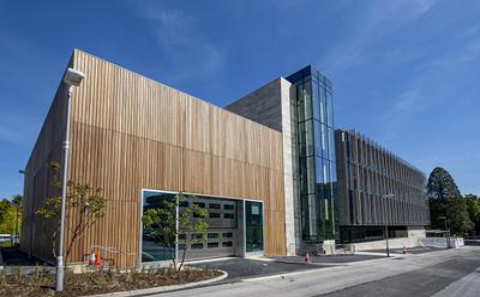
National Infrastructure Laboratory
Research in the Laboratory has an emphasis on cities and infrastructure and the rail and maritime sectors.
We have extensive facilities across three campuses, including specialist workshops, laboratories and testing facilities.
Our engineering facilities are spread across both Highfield and Boldrewood Campuses. Boldrewood Innovation Campus, our newest campus, is a short walk from the main Highfield Campus. It was the result of the University’s collaboration with Lloyd’s Register: one of the largest business partnerships with any single university in the world.
Our engineering facilities include:

Research in the Laboratory has an emphasis on cities and infrastructure and the rail and maritime sectors.

The EDMC provides a professional engineering design service for students, staff and industry.

Our large anechoic chamber forms part of the Rayleigh Laboratories, and is one of the largest of any UK university.
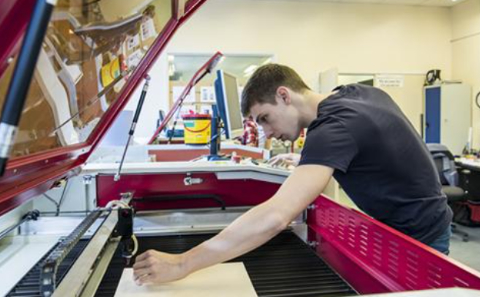
Our students can design, manufacture and test their own prototypes in our student workshops on both Highfield and Boldrewood campuses.

Our wind tunnel complex includes the RJ Mitchell Wind Tunnel, which has been at the forefront of aerodynamics research for more than 35 years.

Our 138m towing tank supports teaching, research and commercial clients, not just for conventional ship model testing but across the aerospace, energy, and transportation sectors.

TSRL is a state-of-the-art materials and structures testing facility.
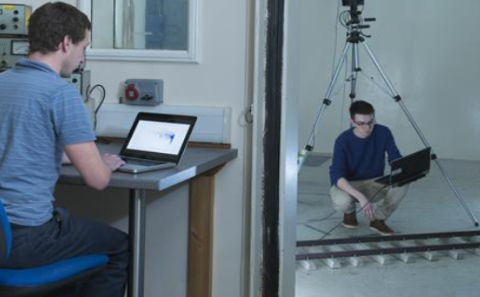
Our reverberation chambers enable us to generate high-intensity diffuse noise fields for acoustic fatigue testing of, for example, spacecraft and aircraft components.

Our design studios on Highfield Campus and Boldrewood Innovation Campus are available for students to use for their individual and group projects.

The new Boeing Flight Simulator Laboratory features a number of simulators, and plays an important role in the design, testing and manufacturing of aircraft.
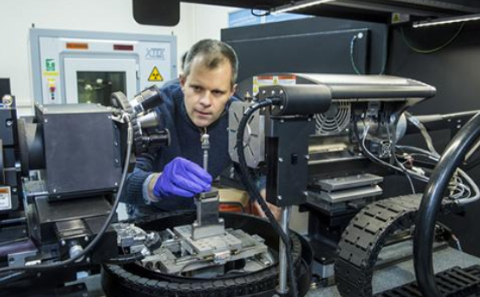
The µ-VIS X-Ray Imaging Centre (µ-VIS) is a dedicated centre for Computed Tomography (CT) at Southampton.

The Human Factors Research Unit laboratories have a unique range of facilities for experimental studies of human responses to whole-body vibration, hand-transmitted vibration, and low frequency oscillation.

The UAV Research Lab is used by the Soton UAV team for designing, manufacturing and assembling UAV airframes for research. Facilities include 3D printers, soldering and electronic workstations.

The Mobile Command Control and Communication (MC3) vehicles support autonomous system testing, fitted with equipment including transponder interrogators and airspace virtual radar.

Spotter is a light UAS, designed for tasks associated with a maritime environment. These include environmental monitoring, search and rescue, and tracking of shipping movements.
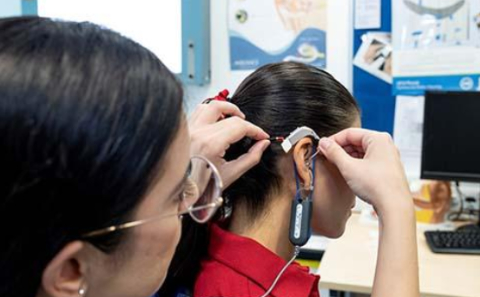
We are the only UK university with in-house audiology and auditory implant services.

Our driving simulator comprises a static Land Rover Discovery Sport and a 135° field of view system utilising three forward projectors.

The anechoic doak laboratory is used for jet and valve noise testing, and is equipped with an air supply that can achieve up to 20bar pressure

Our laboratories are equipped for both standard and advanced soil element testing, for instance to study stress rotation under rail axle loadings.

The Laboratory offers four main suites for tissue testing, cell culture, microscopy, and a fully equipped wet laboratory for chemical preparation and the design and fabrication of microfluidic devices.

The national Centre for Advanced Tribology at Southampton facilities include tribological rigs; corrosion and wear-corrosion measurement equipment.
The drop test rig, situated at the University's Science Park at Chilworth, can measure 2D wedge-water impact phenomena.
The largest facility in the National Infrastructure Laboratory allows for testing structures, components and materials, with a 30x15m strongfloor.
The centrifuge allows accelerated scale modelling of geosystems, spinning scale models to accelerations of up to 130 times Earth's gravity
Institute of Cryogenics carries our fundamental and applied research in cryogenic engineering and superconductivity.
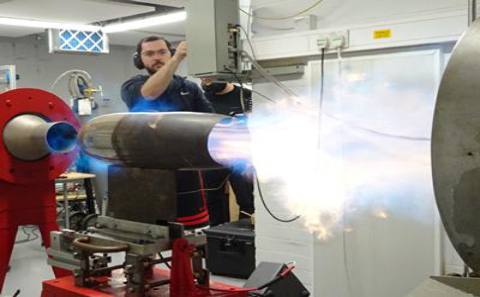
The jet lab is home to a supersonic ramjet, turbojet and rocket engine.